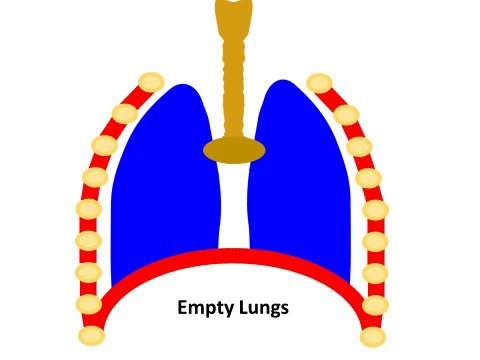Difference between revisions of "Diaphragm"
| Line 1: | Line 1: | ||
==Key Stage 3== | ==Key Stage 3== | ||
===Meaning=== | ===Meaning=== | ||
| − | The [[diaphragm]] is a wall of [[muscle]] separating the [[organ]]s in the [[thorax]] from the [[organ]]s in the [[abdomen]]. | + | The [[diaphragm]] is a wall of [[muscle]] separating the [[organ]]s in the [[thorax]] from the [[organ]]s in the [[Abdomen (human)|abdomen]]. |
===About the Diaphragm=== | ===About the Diaphragm=== | ||
| Line 15: | Line 15: | ||
==Key Stage 4== | ==Key Stage 4== | ||
===Meaning=== | ===Meaning=== | ||
| − | The [[diaphragm]] is a wall of [[muscle]] separating the [[organ]]s in the [[thorax]] from the [[organ]]s in the [[abdomen]]. | + | The [[diaphragm]] is a wall of [[muscle]] separating the [[organ]]s in the [[thorax]] from the [[organ]]s in the [[Abdomen (human)|abdomen]]. |
Revision as of 21:23, 8 November 2018
Key Stage 3
Meaning
The diaphragm is a wall of muscle separating the organs in the thorax from the organs in the abdomen.
About the Diaphragm
- The diaphragm is essential to allow vertebrates to breath air.
- When vertebrates inhale the diaphragm contracts and when they exhale the diaphragm relaxes.
| An animation of the lungs inhaling and exhaling. |
Key Stage 4
Meaning
The diaphragm is a wall of muscle separating the organs in the thorax from the organs in the abdomen.
